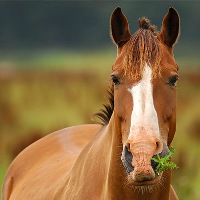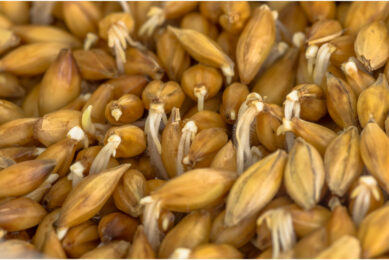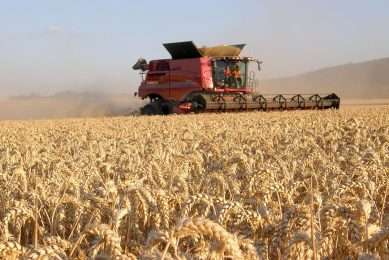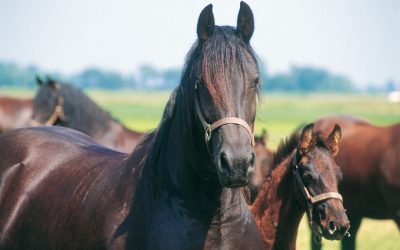The use of barley in horse feed

As most corn is finding its way to the biofuel industry, the use other raw materials such as barley is increasing. But how does barley measure up in the equine diet?
Barley lies in the middle ground between oats and corn. By weight, barley
provides more digestible energy and total available nutrients than oats, but it
doesn’t quite reach the levels of corn. Many horse owners prefer barley over
oats because the former is less likely to trigger “hot” behaviour.
Not perfect
It’s considered a good feed for putting
condition on a horse, but it’s certainly not the perfect feed. It has a poor
phosphorous/calcium ratio (Corn and oats aren’t great either, but barley is the
worst of the three). It also lacks vitamins A and D, so alternative sources will
need to be found by horse owners.
The grains of barley are very hard and
need to be crushed or rolled, or cooked before feeding. It should never be
crushed too finely, and, when cooked, it’s generally best to do so without
crushing or rolling.
The result can be a gluggy mass of food that runs
the risk of packing down in a horse’s stomach and triggering a colic attack.
Like many grains, it simply does not have the bulk that a forage diet provides –
and that is bulk critical to the normal function of a horse’s digestive tract.
The answer is to mix the barley with a bulkier feed such as sugar beet pulp,
chopped hay or wheat bran, lucerne chaff, even rolled oats, ensuring the bulkier
feed comprises 15 to 25% of the mix.
Palatability
Some horses dislike the taste of
barley. It will generally be more palatable when cooked, or by adding molasses.
It’s important to remember also that each grain of barley locks in its
nutritional value. As soon as you crush a grain, the nutritional value will
begin to decline.
Crushing your own and then feeding it will result in
more nutritional value getting to the horse. A bag of crushed barley fed out
over two weeks will have considerably less food value after a few days.
Big variation
There’s a big variation in the quality of
barley, too. Quality barley will be a pleasing pale-golden colour. The grains
will be of uniform size and undamaged. There should be a minimal amount of fines
– dust and other debris – in with the barley. It is important to source the best
possible barley you can. As with most horse feed, you’re generally better off to
pay more for the best quality, rather than saving money by compromising on
quality. Price will vary, depending upon how far the grain has to be trucked.
Barley’s nutritional value
Calories: 3350 to 3600 per
kilogram
Total digestible nutrients: About 82%
Crude protein: 14%
Crude fibril 6%
Digestible protein: 11.5%
Calcium: 0.05%
Phosphorous: 0.38%
Source: Neil Clarkson for
horsetalk.co.nz











